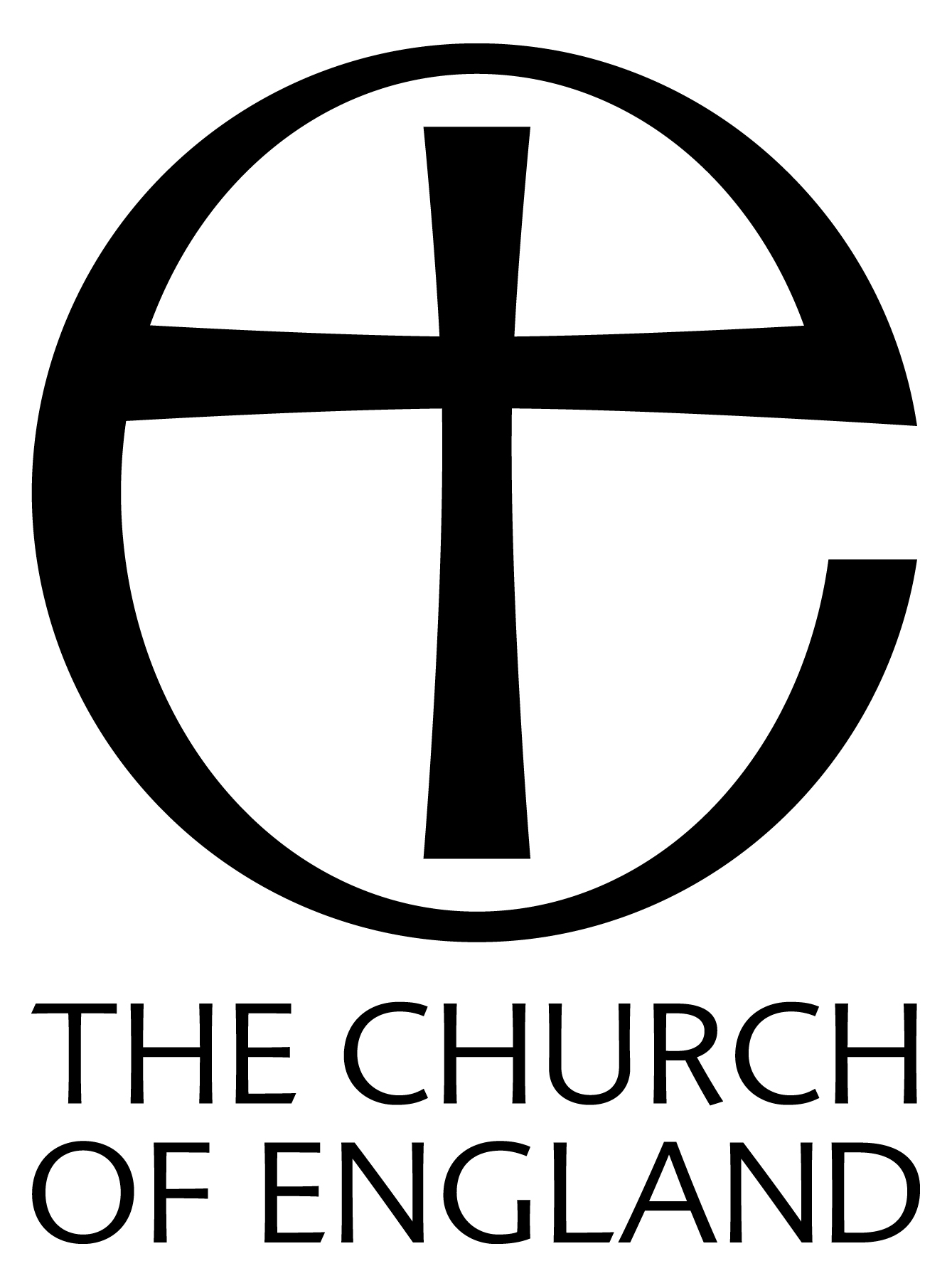37
Road passed into the hands of a Mr. Hall, who built a house there called Summergangs House. A sale bill of 1785 describes it as " new-built, commanding a beautiful expansive view of the Humber." Subsequently it became the property of John Kirby Pickard, who was Deputy Recorder of Hull, a personal friend of the Prince Regent, and whose father was the first big manufacturer of white lead in Hull. This was produced at the Hull Lead Works on North Walls. Pickard became very wealthy, and somewhere about 1800 modernised the house by adding a semi-circular porch and balconies to the front. The supports of these were Roman fasces. Soon after this, misfortune compelled him to sell the house, and he himself died in penury.
The property eventually came into the ownership of two brothers-Mr. William Empson and Mr. Boswell Middleton Jalland-both of whom were active in the affairs of the parish. They erected the present mansion to the designs of Mr. James Clephan of London, the builders being Messrs. Hutchinson & Son, of Hull, whom we shall meet again later. This house in the Elizabethan style was built in 1838. In later times it became the residence of the Rt. Honourable Thomas Robinson Ferens, General Manager, and later Joint Chairman of Reckitts, and on his death became a home for retired ladies.
THE GROWTH OF INDUSTRY IN THE PARISH
The eighteenth century saw other changes in the parish. Gradually shipbuilding, rope-making, seed crushing and sugar manufacturing, first established on the Sculcoates bank of the river, spread into the Sutton portion of Drypool also. Early in the century John Spyvee had founded his business of rope-making. In 1732, the Thorntons, to be mentioned again later built their sugar house, an illustration of which appears in Gent's" History of Hull," 1735, with its dimensions, and the curious fact
|
38
that it had 138 windows. In the following year we find a soap house belonging to Wilberforce and Foster. Hull's industries were definitely taking shape.
Some of these early industrialists, whose remains lie in Drypool churchyard, are commemorated in the names of the streets, which now cover the sites of their works. Captain Phillip's Map of 1720 (B.M. K. 44, 33), printed by Blashill, shows some of the developments. The same map also shows that whereas there had been considerable building in Trippett and Scu1coates, Drypool was as yet almost unaffected by the expansion of Hull. There were a few houses on the road leading to Stoneferry, which after 1801 was laid out in a new street, called Great Union Street. There are some buildings on the east side of Church Street, which wound as it still does, and is labelled " King's Road to the Common." This map also tells us that the" Foundations of Drypool Church are 7 ft. higher than the citadel"
THE END OF THE CENTURY
William Huntington died in 1783, and was succeeded by John Collings, who was also Vicar of Bempton from 1786, and Everingham from 1787. His successor was George Thompson, who in turn was followed by John Foster. According to his monument now destroyed, the latter was minister of the church for twenty-one years, first as assistant, and from 1810 as Vicar. In 1815 he also became Vicar of Sutton, and died in 1819. There is an inventory of his time dated 1817. By then the bells had been increased in number to three.
With a new curate, Richard Moxon, we come to the rebuilding of the church and a new era in its life. We are told that such was his success as a preacher that he filled the old church to overflowing, and it was necessary to rebuild. In 1801 the population was 671. By 1821 it had trebled itself, reaching 2,207. When the Government abandoned Garrison Side in 1801, 37 acres of land were granted to the Corporations of the City, and the Trinity
|

